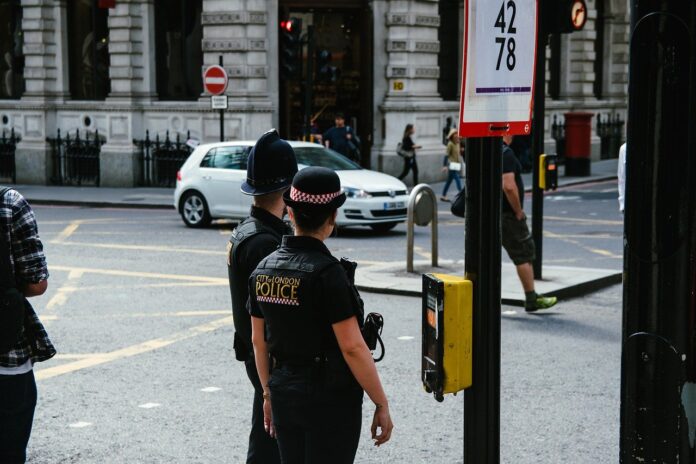Are you looking for quality body armour clothing for protection against various threats? If so, picking the right body armour is essential as they’re designed to address different threats. For instance, a bulletproof vest isn’t suitable for protection against knives; it only provides resistance to bullets.
Before buying body armour, it’s wise to have a better understanding of the various types. To help you choose the appropriate armour for your needs, here are some of the most common types of body armour wear.
1. Ballistic protection
Also known as a bulletproof vest, this is the most common type of body armour. It’s designed to protect against bullets, but the strength of resistance varies depending on armour level. Generally, higher-level ballistic protection can resist stronger ammunition than lower-level armour.
There are five main categories of bulletproof armour – Level II, Level IIA, Level IIIA, Level III, and Level IV. Level II to Level IIIA armours provide resistance to common firearms such as .44 magnum, 9mm, and .357 magnum. Ballistic protection armour at these lower levels can trap and slow bullets to a stop because they’re made of Kevlar, a durable material.
On the other hand, Level III and Level IV armours protect high-velocity firearms like submachine guns and rifles. They’re made from materials such as steel, titanium, and ceramics and come in the form of hard rigid plates. Ballistic armour at this level is more appropriate for military personnel and special unit actions due to its high bullet resistance.
2. Edged blade protection
The edged blade armour protects against threats involving cutting tools such as swords, knives, axes, and broken bottles. Unlike bulletproof armour that traps bullets, a stab-proof armour traps an edge blade weapon in its fibres, preventing injury. Therefore, you can’t switch one for the other.
Stab protection armours use Kevlar, chain mail, laminate, and similar materials to stop edged weapons from cutting through the protective fabric.
3. Spike protection
Although many people use the terms ‘stab’ and ‘spike’ interchangeably, they aren’t the same. Spike weapons can easily penetrate the tiny spaces between the fabrics of body armour, causing injury. So, a stab-proof vest is less likely to protect against spike threats from long nails, screwdrivers, and needles.
Here’s where spike proof vests come in. This body armour is designed with layers of laminated plastic to create a solid surface that can stop and resist spiky or sharp objects from penetrating through. Spike armour also has chain mail and Kevlar to absorb the impact of an attack.
4. Multi-threat armour
Most times, knowing what weapons your attackers might use can be impossible, exposing you to multiple threats. Fortunately, you can now purchase multi-threat armour to ensure all-around protection. Whether you’re a police officer, security guard, bodyguard, or military personnel, multi-threat proof vests come in handy to protect against other types of weapons.
These vests are designed with an edged blade and ballistic protection to resist both bullets and cutting weapons. To prevent sharp objects from cutting through, they’re laminated, making them spike proof.
Multi-threat armour can be quite expensive, but the benefits they offer far outweigh the cost.
Which body armour is right for you?
The right body armour for you depends on your occupation, needs, and type of threat. For instance, if you’re not in the military, purchasing high-level ballistic armour is unnecessary. Alternatively, if you’re in law enforcement, you’re better off buying multi-threat armour to have complete protection against different threats.
If you’re having a hard time finding the right armour, consult with a body armour expert for guidance.







